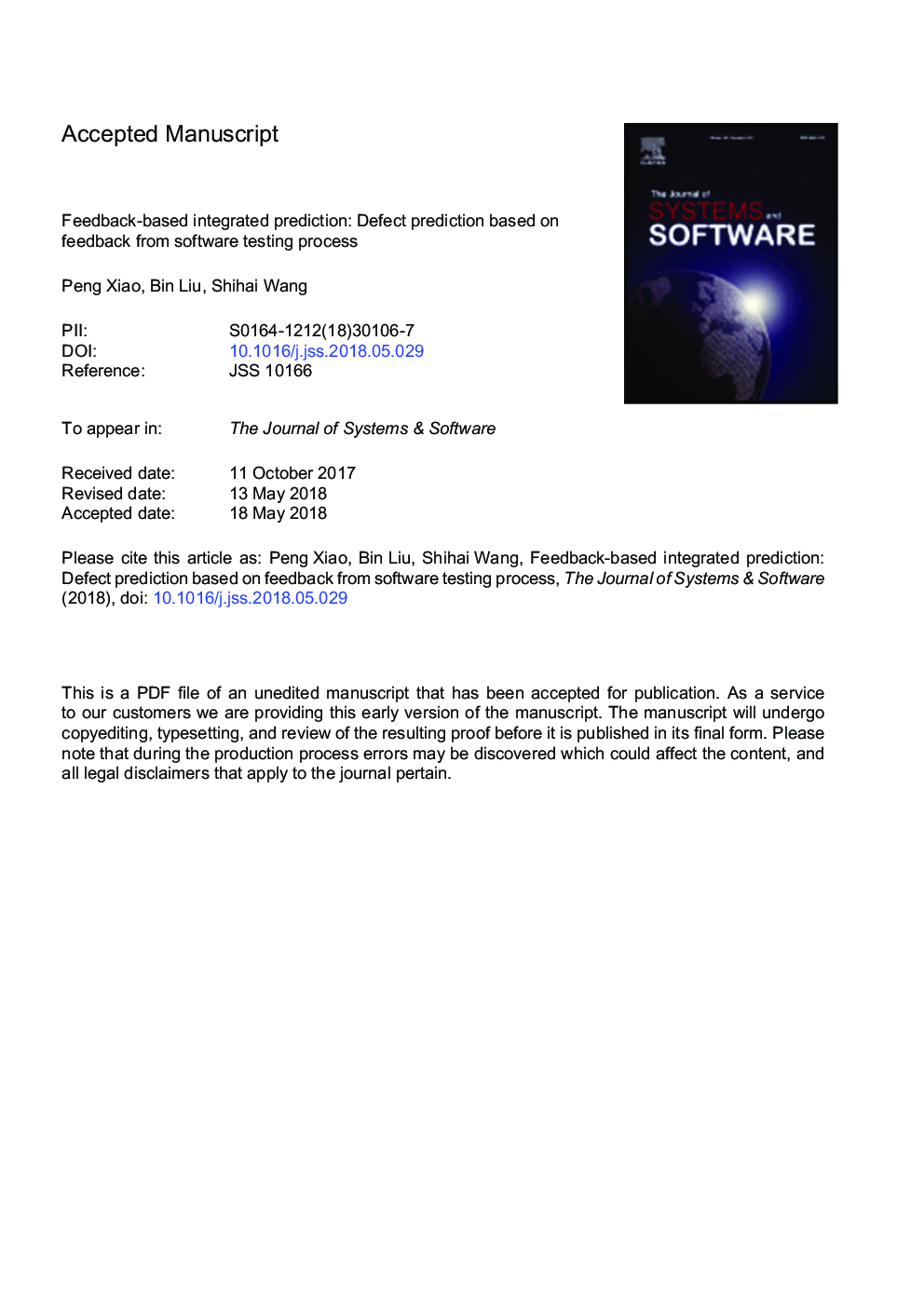| Article ID | Journal | Published Year | Pages | File Type |
|---|---|---|---|---|
| 6885279 | Journal of Systems and Software | 2018 | 17 Pages |
Abstract
Test resource constraints is a common phenomenon in software testing. Using defect prediction to guide the resource allocation can significantly improve the efficiency and effectiveness of available test resources. However, traditional defect prediction (t-DP) is a static strategy, where the predictor cannot be dynamically adjusted during the software testing process (STP). This paper combines defect prediction with feedback control in STP and proposes a feedback-based defect prediction model, where the test results generated during STP is used as feedback information for on-line adjustment of predictor to optimize the prediction result. In addition, a novel approach called feedback-based integrated prediction (FIP) is proposed to improve the prediction accuracy, where a global predictor and a local predictor are employed to make an integrated prediction using the weight to adjust the effects of predictors at different test stages. A systematic experiment is conducted to investigate the performance of the FIP over 10 public data sets. Results show that FIP has better prediction efficiency and better robustness for external data than the t-DP, especially when the percentage of the test modules is 40%.
Related Topics
Physical Sciences and Engineering
Computer Science
Computer Networks and Communications
Authors
Peng Xiao, Bin Liu, Shihai Wang,
